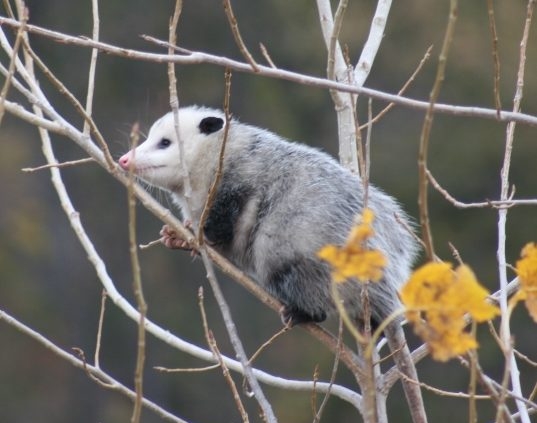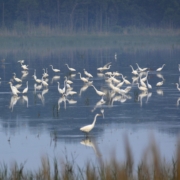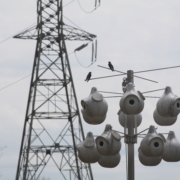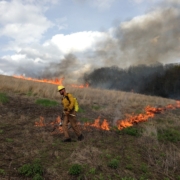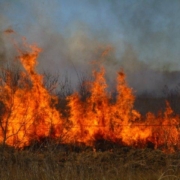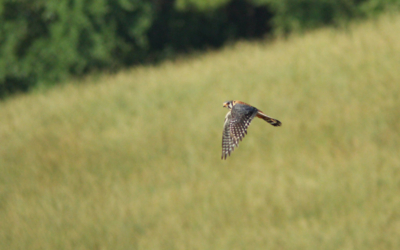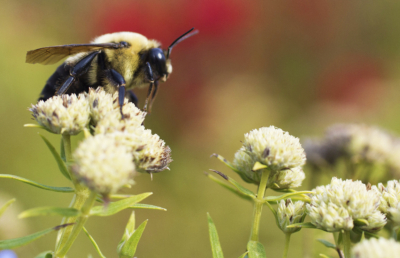In Defense of Opossums
When you think about the Virginia opossum, what comes to mind? I bet the image that comes to mind is not a particularly positive one: a vicious, hissing animal, scavenging through your garbage at night or digging holes in your yard.
Well I’m here to tell you that contrary to those stereotypes, opossums are pretty darn great, and are an important part of North America’s ecosystems.
The Virginia opossum is the only marsupial species in North America. Like kangaroos and other marsupials, female opossums rear their young in a fur-lined pouch. Opossums also have opposable thumbs and prehensile tails that they use to help them climb trees. Although their hairless tail and pointy snout gives them a similar appearance to rats, opossums are not even in the same family as rodents. They do not dig holes, although they will readily seek shelter in holes dug by other animals.
You might think opossums are vicious because when confronted with a potential threat, they put up a fierce display, baring their teeth and hissing. But that’s all just a front – they won’t actually attack. By their very nature, opossums are neither aggressive nor destructive, and do not pose a threat to humans. In fact, if the perceived threat continues, they’ll either run away or will switch to playing dead or “playing possum,” a physiological response that can last anywhere from a few minutes to a few hours.
However, opossums are downright indomitable in another way – they have an innate ability to stave off many diseases and toxins. They are nearly impervious to rabies because their body temperature is too low to host the rabies virus. They also rarely catch Lyme disease from tick bites, and are immune to the stings of honeybees and scorpions, botulism toxin, and snake venom.
Lucky for us and for the ecosystem, opossums use their powers of immunity for good. They act as “nature’s cleanup crew” – they often eat leftovers other animals can’t or won’t eat, like rotten fruit and carrion. They’ll eat just about anything, from fruits, nuts, and grass to pests like garden slugs, cockroaches, and ticks that carry Lyme disease, as well as species that most mammals can’t safely prey upon like rattlesnakes. This allows them to be remarkably adaptable to new habitats, including urban areas where habitats and resources are scarce.
Although I suspect that not many folks would agree with me in calling opossums “cute,” I hope I’ve inspired in you a more positive perception of these nocturnal marsupials.
Read more WHC blogs.
